13 + Mondo Films & Shockumentaries: Twisted Portrayals of Life and Death
Mondo movies are documentaries that downplay factual documentation in favor of sensationalistic exploitation. They are typically gross and violent, and they are often offensive to any number of different cultures. These are the most notorious and influential mondo movies and shockumentaries.
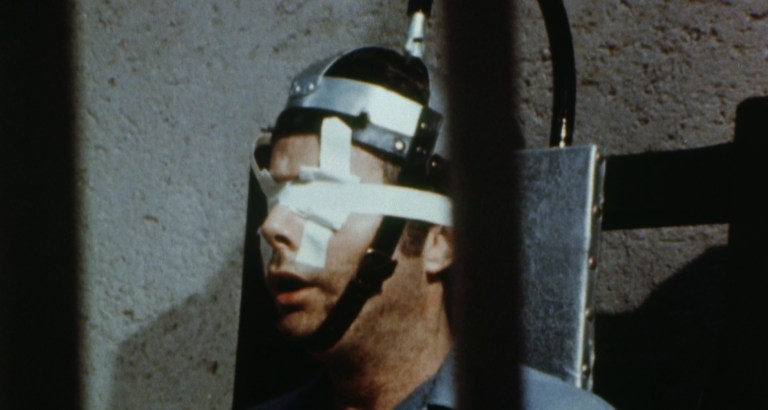
Mondo cinema is where documentaries and exploitation movies meet. Mondo films are presented as factual documentaries, but they are more interested in sensationalism rather than education. Scenes featuring sex, nudity, or graphic violence are almost always included in a mondo movie as a major focal point. For this reason, mondo movies are often associated with the related term “shockumentary.”
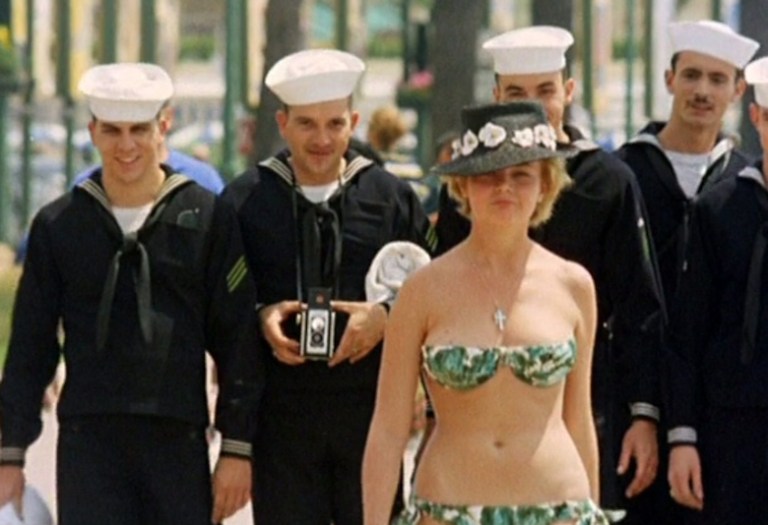
Mondo Cane (1962) is the movie that started the mondo craze and established the formula for the genre. In its purest form, a mondo film is a type of travelogue documentary (“mondo” being Italian for “world”) that exposes the most bizarre, grotesque, and titillating customs of cultures around the world. With snarky narration and questionable editing, many mondo films portray foreign cultures as backwards at best, and barbaric at worst.
Truthfulness wasn’t a great concern for many mondo filmmakers. In a practice that dates back to the documentary/docudrama Nanook of the North (1922), many scenes in mondo movies are taken out of context, reenacted for the camera, or are completely fabricated.
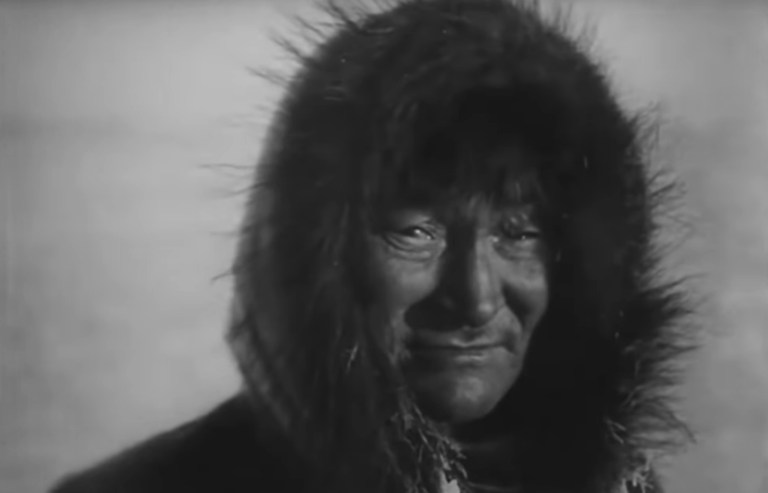
As mondo movies evolved, more and more attention was paid to shock value. This led to movies such as Savage Man Savage Beast (1975) which is predominantly about animal cruelty and death, and to Faces of Death (1979) which is predominantly about human death. These movies represent a shift away from mondo (documentaries about world culture clashes) towards shockumentary (documentaries primarily concerned with shocking the audience).
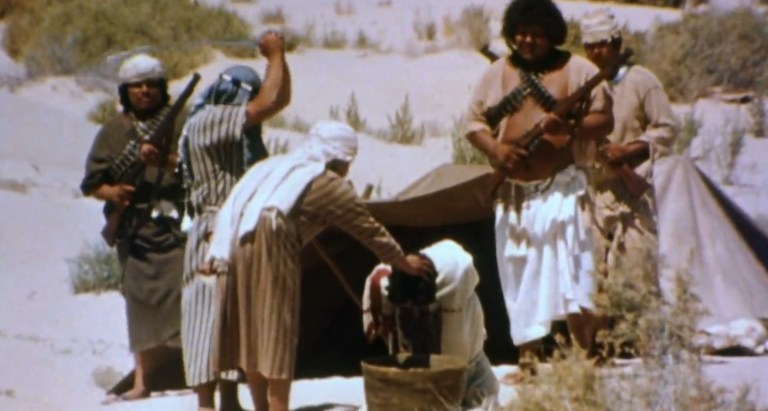
Presented in this list is a collection of the most important and notorious movies that reside within the spectrum of mondo cinema and shockumentary. As a warning for anyone curious about watching them, many of the films on this list do contain animal cruelty. Others contain real footage of surgeries, dead bodies, violent accidents, and on-screen deaths. This is not a list for a fun movie marathon. This is a list for the morbidly curious.
Infamous Mondo Movies & Shockumentaries
Mondo Cane (1962)
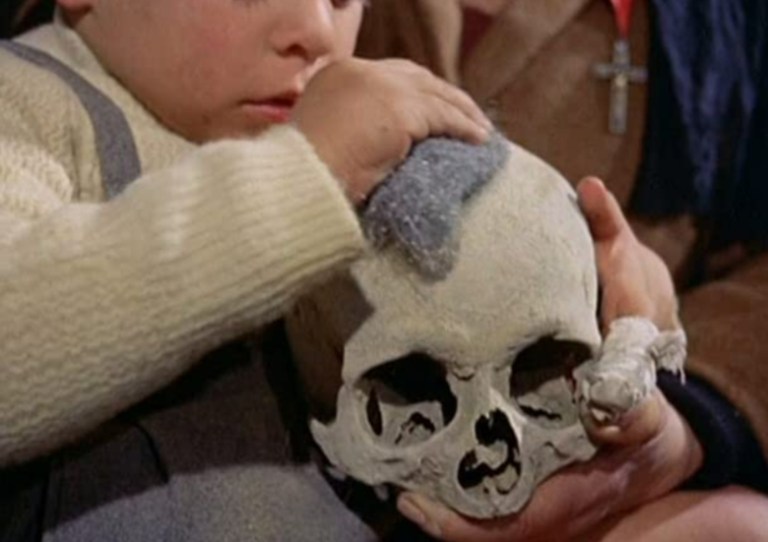
In the Italian-made documentary Mondo Cane, the narrator emphasizes the need to show the world as it actually is. However, the manipulation employed by the filmmakers reveals the movie’s true intent to shock by emphasizing the “barbarism” of other cultures. For instance, a sequence early in the movie shows a woman in New Guinea breastfeeding a piglet with the narrator suggesting that a child’s life is worth no more than a pig’s in that culture. Then in the next scene, pigs are graphically beaten to death with clubs before being eaten by the people of New Guinea. The movie then shows dog funerals in the United States before showing dogs being cooked and eaten in Taiwan. The manipulation is strong, and the implications are dubious at best (and wildly offensive at worst).
Women of the World (1963)
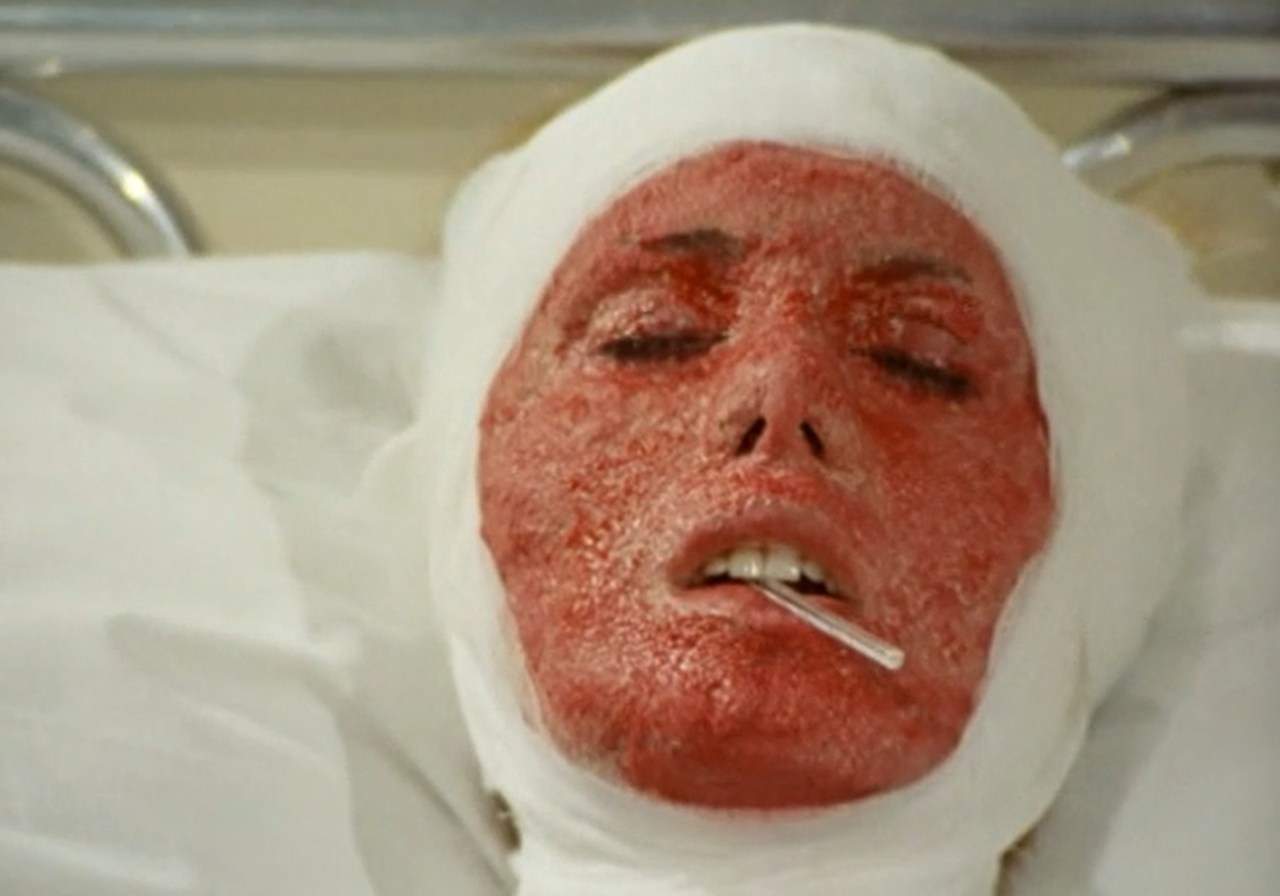
After the success of Mondo Cane, filmmakers Paolo Cavara, Gualtiero Jacopetti, and Franco Prosperi quickly returned with another documentary. This time, the narrative is a bit more focused, with every globe-trotting segment dealing with topics directly involving women. The movie covers a wide range of topics including unusual beauty standards, cultures where traditional gender roles appear to be reversed, harsh traditions about marriage, prostitution in different societies, and differing values in motherhood. Unfortunately, even though Women of the World is about women, the film manages to follow an Italian exploitation film tradition by wedging in a couple of scenes of animal cruelty.
Africa Addio (1966)

Africa Addio (also released as Africa: Blood and Guts) is a brutal documentary about the effects of the end of colonial rule in Africa. The film begins with a declaration that it is not meant as a moral judgement of the so-called “new Africa,” but contemporary reactions to the movie would argue otherwise. Roger Ebert called it “dishonest” and “racist.” A US Ambassador said it was “socially irresponsible.” Though Africa Addio does present footage from historical events such as the Zanzibar Revolution in 1964, as with most Mondo movies, the trouble comes with the sensationalized and biased way it manipulates the material to highlight violence against humans and animals. The film even got codirector Gualtiero Jacopetti arrested on charges of murder for his involvement in a graphic on-screen execution, though he was acquitted of the charges.
Mondo Bizarro (1966)

Mondo Bizarro, one of the first American documentaries/pseudo-documentaries made in the “mondo” style, makes its intentions known right away. The opening credits play over about six minutes of women taking their clothes off in front of a clearly-staged “hidden” camera. Viewers are then treated to a trip around the world for mostly fabricated depictions of a massage parlor in Japan, Voodoo rituals, women in lingerie, anti-war protests, and a violently lurid play in Germany. The movie then culminates with a faked slave auction where naked women are supposedly being sold to men in what we are told is Lebanon.
Goodbye Uncle Tom (1971)

Though often categorized as a mondo movie, Goodbye Uncle Tom (Addio Zio Tom in its original Italian) is a docudrama that uses an exploitation-era approach in its portrayal of slavery in antebellum America. In an odd setup for a docudrama, the movie begins with filmmakers literally traveling back in time in a helicopter so they can conduct interviews and document the horrors of slavery first-hand. What results is a series of horrifyingly brutal and degrading vignettes reportedly inspired by real-life accounts of slavery in America. The movie is intentionally tough to watch, but its tendency to revel in its more provocative moments arguably undermines its stated message of condemning the atrocities being shown.
Shocking Asia (1974)
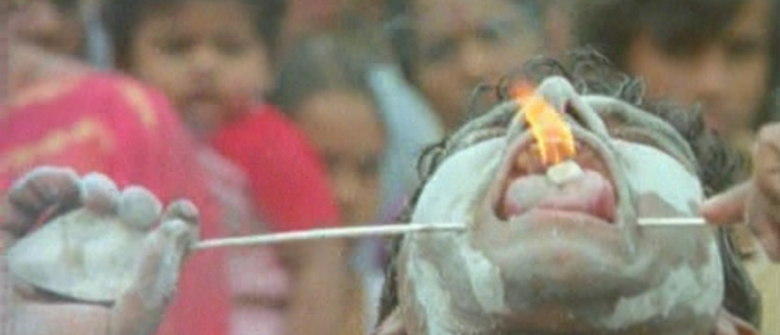
Beginning in India and moving roughly eastward towards Japan, Shocking Asia takes a look at parts of East-Asian culture that might seem odd to a Western audience. The film covers subject matter that might not be too surprising for modern viewers: extreme piercings as part of rituals, the eating of exotic animals, snake charming, transgender women, female pro wrestling, Japanese love hotels, and so forth. Of course, every subject is presented in a sensationalistic tone emphasizing sexuality, barbarism, or the bizarre nature of the events being shown. For shock value, the butchering of animals and an extremely graphic depiction of a sex-change operation stand out as two of the more nauseating inclusions.
Savage Man Savage Beast (1975)
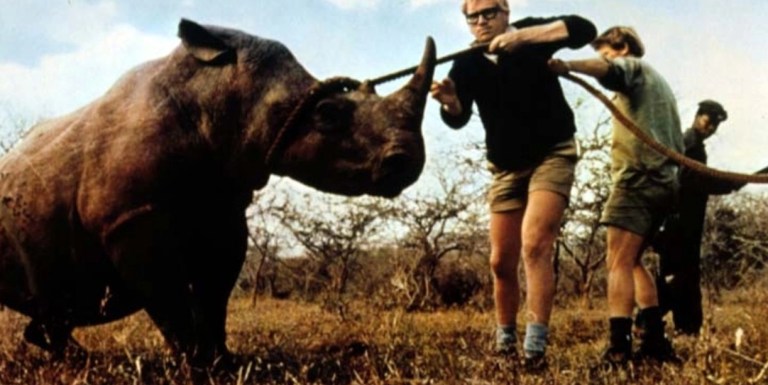
Savage Man Savage Beast marked a dark turn for mondo cinema. While earlier Italian mondo films tended to include a variety of strange customs along with a bit of violence, Savage Man Savage Beast took violence to disturbing extremes. The film is about hunting: man hunting animals, animals hunting animals, and man hunting man. The movie faced heavy censorship around the world for its numerous acts of animal cruelty, and for the inclusion of scenes where humans are mutilated and killed. The human death scenes in the film have either been completely debunked or are strongly suspected to be fake, but it’s still difficult to watch. Savage Man Savage Beast would have a strong influence not only on mondo movies and shockumentaries, but also on non-mondo exploitation movies like Cannibal Holocaust (1980).
Let Me Die a Woman (1977)
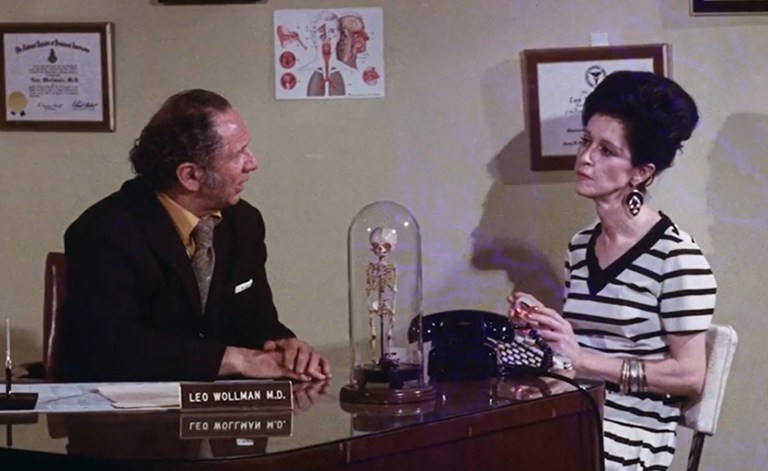
Let Me Die a Woman is hosted by Dr. Leo Wollman, a real doctor specializing in assisting people undergoing sex reassignment surgery. Wollman probably had the best of intentions, but the filmmakers were looking for any way to sensationalize the content. Graphic depictions of surgery are thrown in mostly for shock value, and highly sexualized reenactments of “true” events acted out by porn stars are there to titillate. The film’s subjects are treated more as curiosities rather than people, and the ominous music accompanying shots of a transgender woman undressing to reveal male genitalia says everything you need to know about the movie.
This is America (1977)

Known by various titles including This is America, Jabberwalk USA, Candid America, and Crazy Ridiculous American People, this is a mondo-style survey of American culture with an emphasis on odd, modern practices (which often result in an excuse to show nudity). Like many mondo movies, much of the manipulative intention and goofy humor in the movie is derived from the juxtaposition of topics such as pornography and the meat industry, pro-wrestling and mud wrestling, Christian churches and a Satanic mass, and so on. Memorable scenes include a woman undergoing “aversion therapy” by being lightly shocked as she tries to eat junk food, an extended sales pitch for ridiculous sex toys, and a scene where newlyweds are taught how to shoot guns to “prepare them for their upcoming life in urban or suburban America.”
Faces of Death (1978)
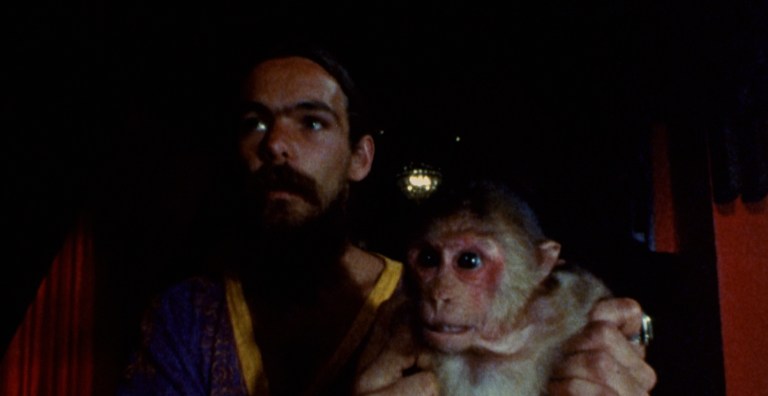
From director John Alan Schwartz, Faces of Death is a seminal movie within the shockumentary genre. It came out at the perfect time when home video on VHS was primed to explode, and the instant notoriety of the film (self-proclaimed to be banned in over 40 countries) meant many people sought it out to see what all the fuss was about. The movie was undoubtedly more effective at the time it came out, especially with many people seeing it for the first time on degraded VHS bootlegs. Still, despite many scenes being completely staged, Faces of Death does have its fair share of stomach-churning footage. Stock footage in the movie shows real autopsies, actual footage from gory accidents, and animal cruelty. Most of the faked stuff is glaringly obvious, but the real stuff is hard to forget.
Of the Dead (1979)
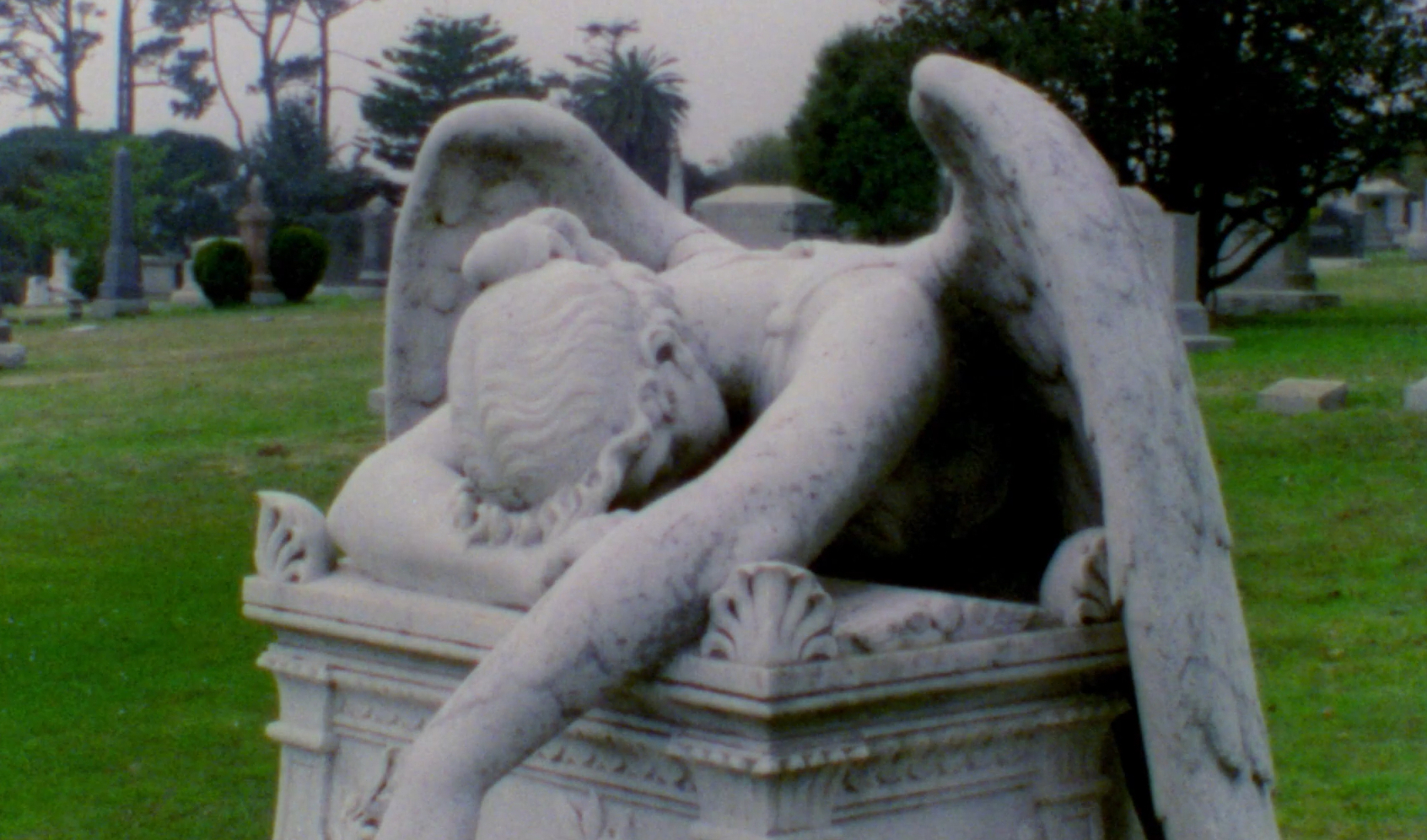
Of the Dead (Des Morts in its original French) may not qualify as a mondo movie or shockumentary depending on your definitions. The movie does show people dying, dead bodies in various states of decay, an execution, autopsies, and animal cruelty, but it does so in an almost clinical way devoid of obvious sensationalism. There is no narration to alter context, no clever transitions to imply additional meaning, and no attempt to get camera angles fit for a horror movie. Rather, Of the Dead is a documentary about how various cultures deal with death and dying.
The Killing of America (1981)
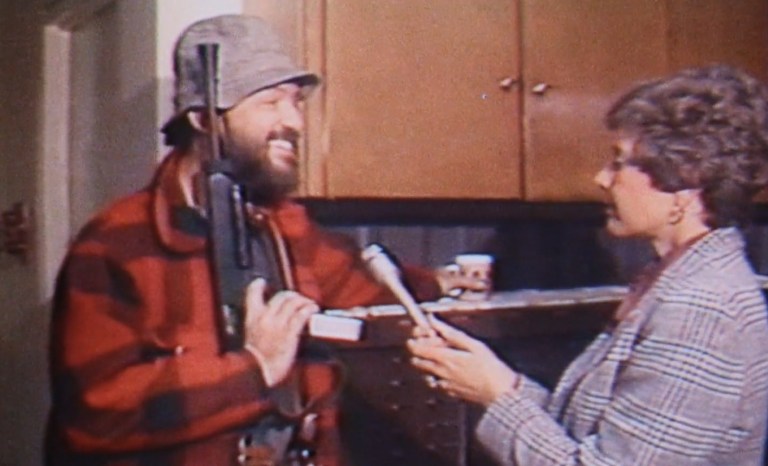
The Killing of America is ostensibly about the downfall of America thanks to a dramatic increase in violence, but the sensationalistic use of violent footage edges it into the shockumentary category. The movie traces the rise in American violence to the assassinations of John F. Kennedy and Martin Luther King Jr. From there, the argument is made that Americans began buying guns at an unprecedented rate, and senseless violence rose considerably. What the documentary ends up being is a series of profiles of infamous killers such as Charles Manson, David Berkowitz, Charles Whitman, Sirhan Sirhan, and many more. Interspersed are real images and videos of crime scenes and shooting victims. The overall tone is pretty much “we’re all going to die,” earning The Killing of America accusations of being exploitative.
Mondo New York (1988)
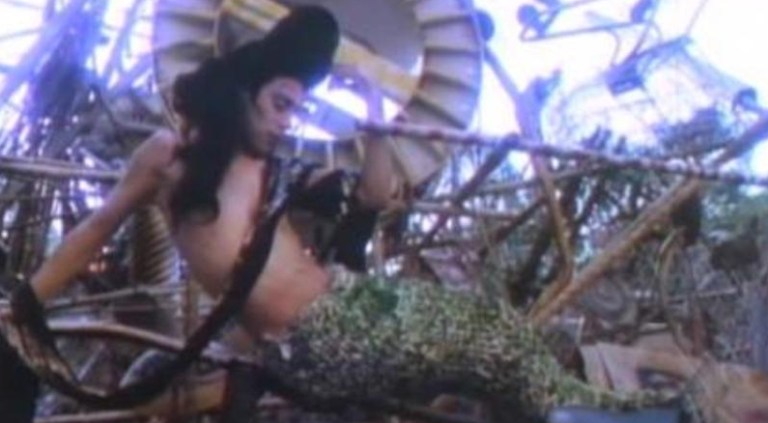
Inspired by the original Italian mondo films, Mondo New York follows a woman as she strolls through New York City. The woman encounters a variety of colorful people and events, though the main focus is on New York’s underground art scene. The acts of numerous bands and performance artists are documented in clubs and on the streets of New York, making Mondo New York an interesting time capsule for performers of the time. To fit the movie into the “mondo” category, the documentary also makes an attempt to include a survey of the cultus of the various groups of people living in New York by focusing on heinous acts including people betting on a cock fight, a voodoo ritual with a sacrificed chicken, and a staged Asian slave auction.
More Mondo Films & Shockumentaries
- Mondo Balordo (1964) – Also titled A Fool’s World, this is a rather tame mondo film illustrating a wide variety of odd behaviors and practices around the world. This film is really only notable for having Boris Karloff do the narration for the English version.
- Mondo Topless (1966) – From Russ Meyer, a legendary figure in the world of trashy films, Mondo Topless is a pseudo-documentary made in a mondo-esque style. It focuses mainly on strippers in San Francisco, and is really just an excuse to show bare-breasted women for about an hour.
- Mondo Freudo (1966) – From Lee Frost, the maker of Mondo Bizarro, this American mondo documentary takes a look at sexual practices around the world.
- Mondo Hollywood: Hollywood Laid Bare! (1967) – This documentary about the social and political culture in 1960’s Hollywood isn’t really a mondo film in the traditional sense, and its director, Robert Carl Cohen, even regretted using “Mondo” in the title since it gave viewers sensationalistic expectations that weren’t met.
- Traces of Death (1993) – Inspired by Faces of Death but with the intention of outdoing its predecessor, Traces of Death is a compilation of footage of real murder, death, and surgeries. Created by Damon Fox, this extremely graphic video (which became a series) evolves (or devolves) the shockumentary format as far as it can go before internet gore sites took over.
- Orozco the Embalmer (2001) – This Japanese-made documentary from death photographer and adult-film director Kiyotaka Tsurisaki documents the life and work of Colombian embalmer Frolian Orozco. While it certainly contains an abundance of disturbing imagery, the documentary isn’t necessarily intended to shock viewers or sensationalize the content.
